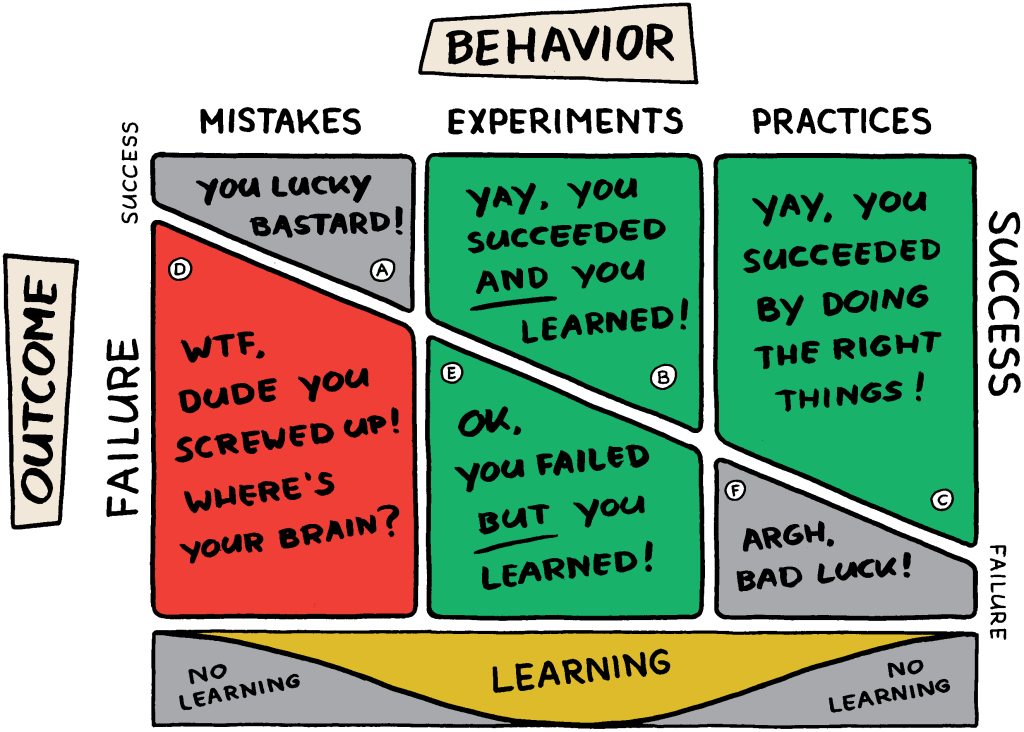by Louise Brace
These days we spend so much time striving for perfection, we often overlook the lesser successes, and failures, that should be celebrated. We forget to applaud employees who do their job well and to appreciate the little, everyday triumphs, that make up good practice in our business.
Actually it’s more accurate to say, most businesses today do understand the importance of applauding colleagues who do their job well. However, we are too often guilty of reacting in the negative, when an employee gets it wrong. As vital as it is to celebrate the great things we do, it’s as important to appreciate failure. Success often starts with failure.
Should we celebrate failure, as well as success?
Yes, we absolutely must. Failure forms part of our learning process, which in itself, is something to celebrate. If we can walk away from a failure and say, “I learnt from this experiment”. Then it was worth failing.
I am a paradox. I strive for perfection, I congratulate myself for my little triumphs, yet I also scold myself pretty severely, for my failures.
Yesterday, I undertook my first Management 3.0 Case Story in Spanish. As my own worst critic, I thought it was a failure. I froze in the moment and so my Spanish didn’t come out how I had planned. Big-time fail as far as I was concerned.
I conveyed my anxiety to my colleagues in our Slack channel. My colleague Lisette Sutherland told me to watch a video about Imperfect Action. I won’t talk too much about the video, because I’d like to discuss the topic in more detail.
The presenter discussed the fact that it’s better to take action and fail, than not to take action at all. How we learn from every action and each time thereafter, we do it better. After reading that I felt like celebrating my failure. I also learnt that we are not always the best judge of ourselves.
This is also a great lesson in our own work-life balance. Striving for excellence, rather than perfection, can help us achieve greater things in all aspects of our life.
When is failure not a learning process?
If we repeat a failure, it becomes a mistake. It says we haven’t learnt from that failure. And that’s definitely not worth celebrating. The way to get around this repetition of errors, is to focus on actionable ways to improve our ‘failures’, so we don’t repeatedly make the same ‘mistakes’.
By celebrating good practices and introducing measures, such as quality checklists, we can avoid this repetition and begin the learning cycle.
Success leads to better practice
Success of course, is always worth celebrating. Success teaches us what is good practice, what we can continue doing well and how to improve our systems and methods.
Learn more about Success & Failure in a Management 3.0 Foundation Workshop:



Thanks for your summary on the celebration grid. Our ship bell just arrived and I’m looking forward how it will work out. Definitely will use the grid in retrospectives soon and I guess it’s an interesting visualization in what area we were active – will be an input for retrospectives too.